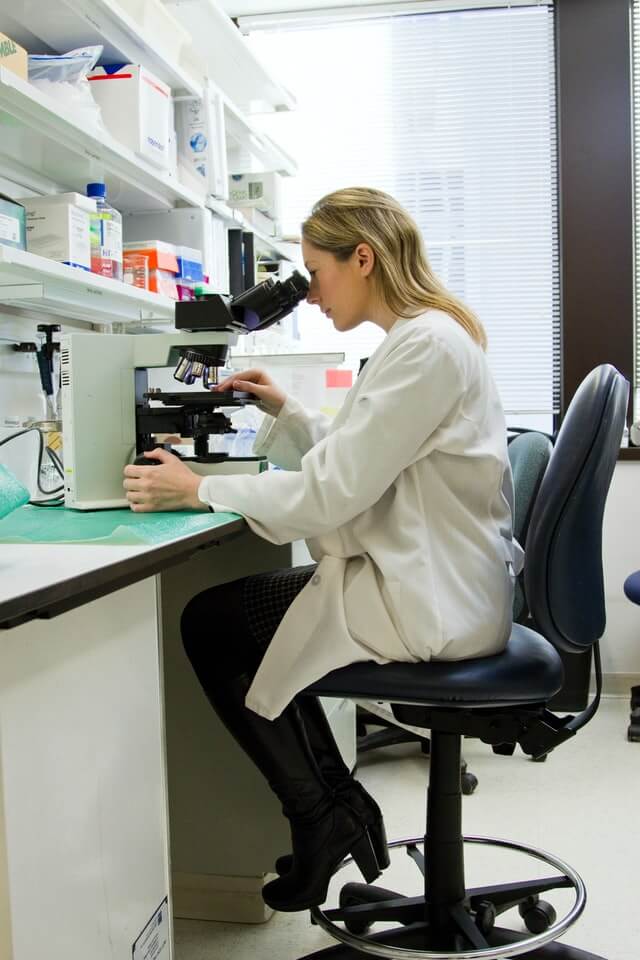At present, nearly 10,000 babies are born with cerebral palsy (CP) every year, with an estimated 764,000 children and adults displaying at least one symptom of the condition, according to the Cerebral Palsy Alliance. While significantly less data is available pertaining to the incidence of CP in Nepal, the symptoms, causes, and treatment of the condition are not country-specific. Although CP is not a progressive medical condition, no cure for the condition currently exists. Constant research, however, is making it possible to treat cerebral palsy with increasing efficiency. One avenue of research that is of particular interest to both medical professionals and the CP community is that of stem cells and how it can be used to facilitate optimal care of CP patients.

Numerous stem cell treatments exist
Despite more favorable research emerging, healthcare workers as well as CP patients and their caretakers may still ask a very valid question: can stem cells cure cerebral palsy? Although there is no definitive answer to this question as yet, the use of stem cell treatments is becoming more prevalent. At present, three types of stem cell treatments exist. Autologous stem cells are harvested from a CP patient, processed, and then transplanted back into the patient. Xenogenic stem cells, on the other hand, are harvested from one species, processed, and then transplanted to another species. As an example, stem cells can be removed from a bovine and used to treat a human patient. The third type of stem cell treatment is known as allogenic and entails the harvesting of stem cells from one individual before being processed and transplanted to someone else.
Universal donor cells hold promise for CP patients
Although all types of stem cell treatment have merit and different treatment facilitators utilize different methods, Mesenchymal stem cells derived from the umbilical cord are considered as universal donor cells. At the Stem Cell Institute, allogenic cord tissue-derived cells are used to offer treatment not only to CP patients who have had their cord blood saved at birth but anyone who qualifies. Some of the biggest benefits of using this type of stem cell treatment include the fact that allogeneic stem cells can safely be transplanted numerous times over the course of several days in equal, high-concentrate doses. There is also increasing evidence that mesenchymal stem cells are significantly stronger than mesenchymal stem cells originating from other sources.
Ongoing research will answer more questions
At any given time, research and clinical trials into the effectiveness of stem cell use for treating patients with cerebral palsy are underway somewhere in the world. At Georgia Regents University, researchers are conducting a clinical trial in partnership with the Cord Blood Registry to establish whether infusions of cord blood stem cells are effective in treating children with CP. Other current research being undertaken include a similar study into the effectiveness of cord blood stem cells by researchers at the University of Texas Health Science Center and a clinical trial being conducted at Duke University.
Over recent years, significant progress has been made in terms of treatment for patients with cerebral palsy. Thanks to ongoing research, it may only be a matter of time until stem cells can have an even greater impact on the lives of everyone living with CP.
This is a post by Isabella Lovett. All reviews and opinions expressed in this post are based on his/her personal view.